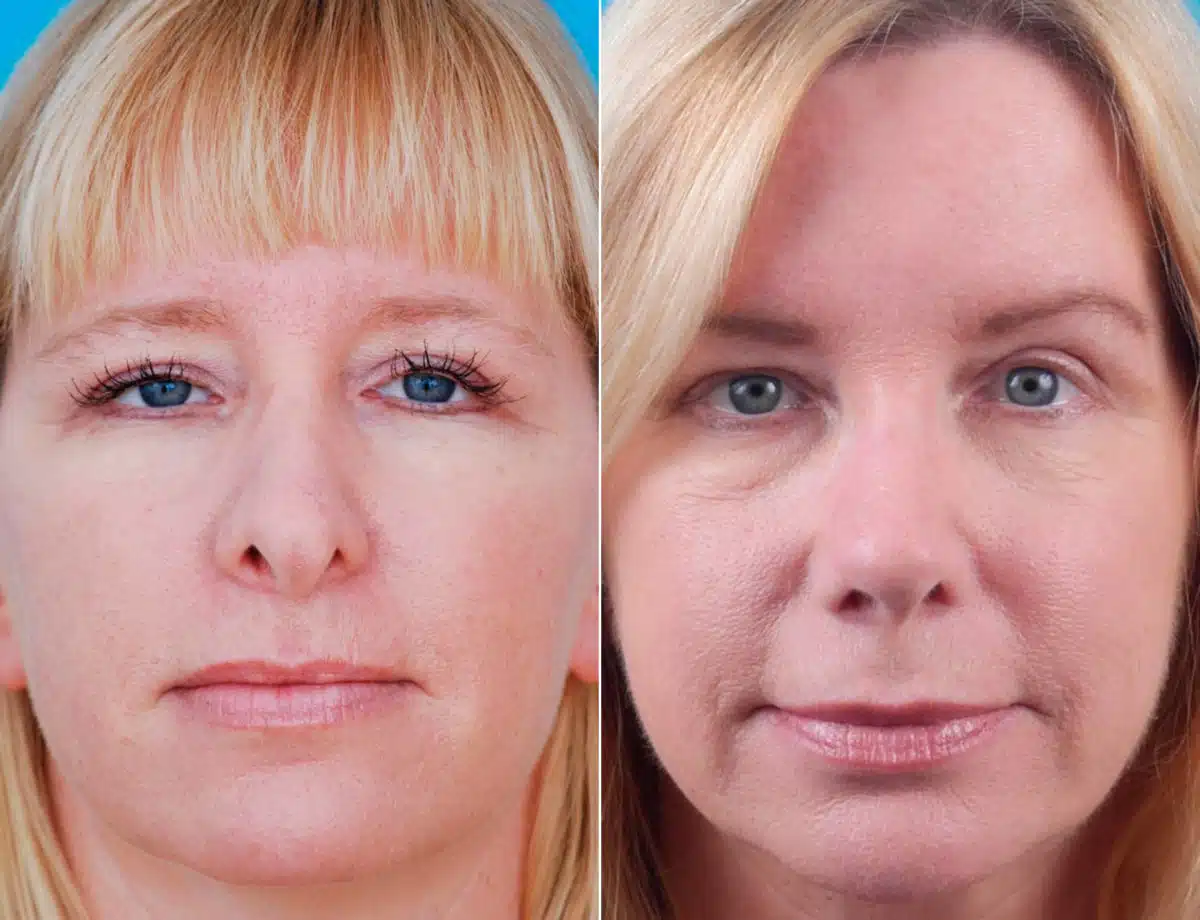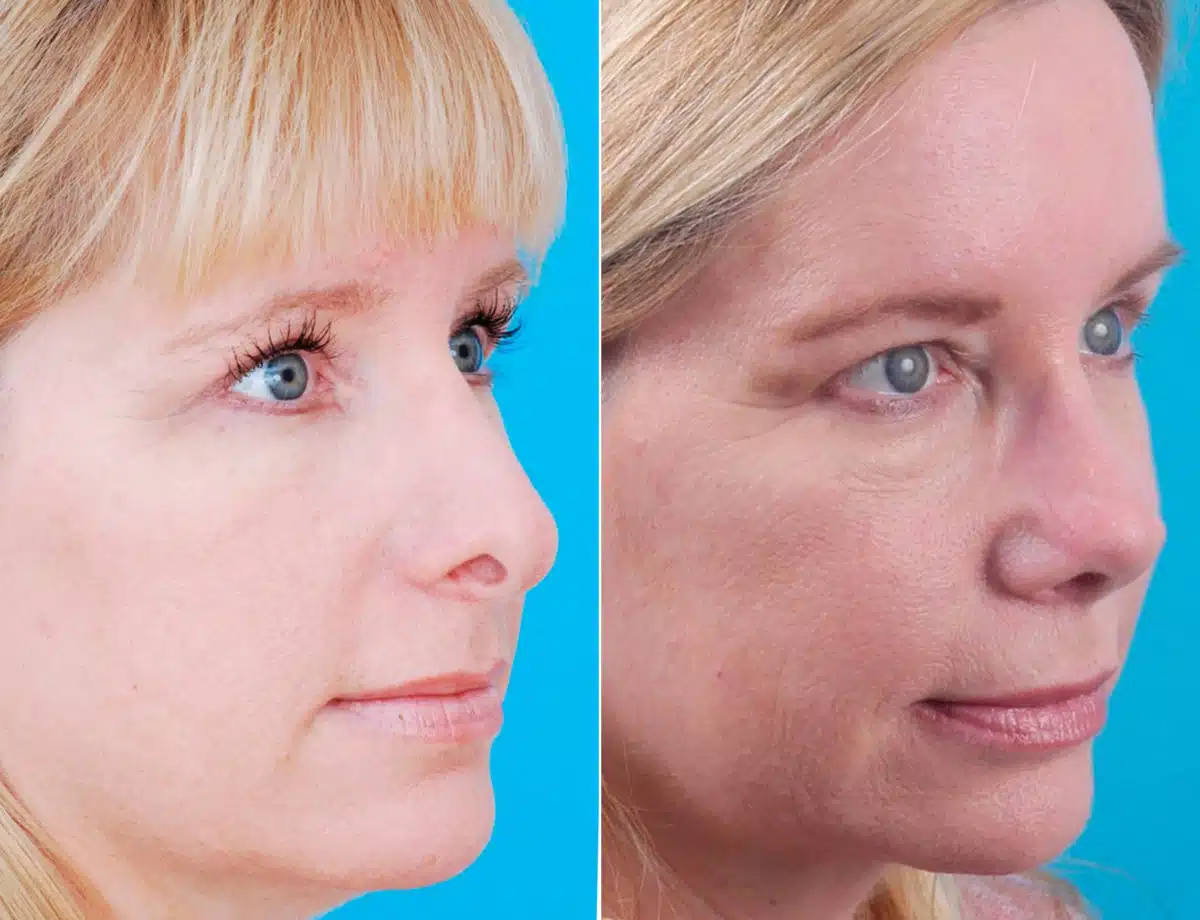How Long Do You Have To Wait For Revision Rhinoplasty?

One of the surgeries that people undertake is the reshaping of the nose known as Rhinoplasty or commonly referred to as the ‘nose job’.
Secondary surgery known as revision rhinoplasty is surgery done to give correction to functional or aesthetic problems that might have developed originally due to the primary rhinoplasty.
What needs to be born in mind, however, is that not all patients that have done a primary rhinoplasty are eligible for a secondary rhinoplasty, either.
Nonetheless, there are such situations in which the first surgery cannot provide the desired outcome and thus a secondary rhinoplasty is done. To make the exploratory review of the specifics of the matter, it is possible to turn to the article below, which will explain how long one should wait for the second surgery – revision rhinoplasty.
Understanding The Revision Rhinoplasty Procedure
The timing for revision rhinoplasty is another important factor that patients have to consider. It is 12 months before the actual revision surgery is done after the primary rhinoplasty. This means that after the first surgery, any swelling that is present has had the necessary time to subside and the final contouring of the nose can be done.
It is worth to make a remark that this time may be different in different cases depending on the rate of healing and the degree of complexity of the initial surgery.
During this waiting period, patients may experience common issues such as nasal obstruction, difficulty breathing, or an asymmetric nose, which are functional concerns that may necessitate a secondary rhinoplasty.
These are other of the reasons why people opt for revision rhinoplasty; it may be that the original surgery gave an unnatural looking nose or the patient is not satisfied with the appearance of the nose.
A person should make a decision to have a revision surgery with the help of a board certified facial plastic surgeon who has a significant experience in performing the rhinoplasty. Such specialists will be able to evaluate the result of the first intervention, having studied the patient’s history, the presence of scarring, and the condition of the nasal formations. They can also assess the patient’s expectations about the revision operation that they are likely to undergo.
The Importance of Waiting for the Right Time for a Rhinoplasty Revision
The timing factor needs to be given a lot of thought and perhaps this is one of the reasons why a patient needs to be patient when thinking about getting a revision surgery for the nasal structure.
In order to achieve the final result in the operation, there is a healing period that may take up to one year, on average.
This is also the stage where after some inflammation begins to recede and the final shape and structure of the nose begins to take shape.
Sprinting into a revision surgery before even the fulfillment of this complex process of healing can be deadly in so many ways. If the latter is achieved before time, it may lead to the emergence of other complications and the final outcome is not of your desire.
Hence it is wise to give your body the time required to heal and the full extent of the changes that you would like to make evident through your initial rhinoplasty surgery before doing another one.
Factors to Consider Before Scheduling a Nose Job Revision
Several factors should however be taken into consideration before planning for the revision rhinoplasty.
The first aspect is the purpose of the change and the second is the stakeholders that are affected by the change. This could be due to functional problems like breathing problems, nasal abnormalities or a falling tip of the nose.
Alternatively, it could be for aesthetic correction, such as an asymmetric nose or an unnatural nose shape resulting from the initial nose job. The patient’s overall health and medical history, including any unrelated injuries or previous surgeries, are also vital considerations.
The presence of scar tissue from the original surgery, the condition of the nasal structures, and the availability of cartilage for grafts can significantly influence the complexity of the revision procedure.
Secure Your Safe Treatment Experience with Dr. Daniel G. Becker.
Join our satisfied clients who’ve experienced safe, effective treatments.
Consulting with a Qualified Facial Plastic Surgeon
When contemplating a revision rhinoplasty, it’s crucial to entrust your journey to a seasoned and proficient facial plastic surgeon with extensive expertise in rhinoplasty procedures, such as Dr. Becker.
With a career that spans innovative advancements in rhinoplasty, instrument design, and educating aspiring surgeons, his skill in navigating the complexities of the original surgery is paramount.
In addition, the Becker Rhinoplasty Center prioritizes patient education in rhinoplasty, offering resources, including books and educational videos. The objective here is to ensure you are fully informed and at ease with the proposed procedure, empowering you to make an informed decision about your journey towards revision rhinoplasty.
Assessing the Outcome of the Initial Procedure
During your initial consultation with Dr. Becker, he will meticulously evaluate the outcome of your prior procedure, considering both functional concerns, such as breathing difficulties or an unsatisfactory nasal tip, as well as the need for aesthetic refinements.
This comprehensive assessment encompasses an evaluation of your nasal airway, the condition of your skin, and any remaining scar tissue. This assessment will help determine the best approach for the revision procedure.
Discussing Expectations and Desired Changes
An in-depth evaluation forms the foundation for devising the most suitable approach for your revision rhinoplasty.
Dr. Becker will also engage in a candid discussion with you about your aspirations and desired transformations, before providing a thorough explanation of the potential risks and complications associated with the process, the expected recovery period, and the associated costs.
Understanding the Revision Nose Surgery Recovery Process
The recovery process following a revision rhinoplasty is typically similar to that of the initial rhinoplasty, but it may take a bit longer due to the complexity of the procedure.
Patients can expect to experience swelling and bruising in the days following the surgery. It’s crucial to follow all post-operative instructions provided by the surgeon, such as avoiding strenuous activities, keeping the head elevated, and using cold compresses to reduce swelling.
The initial recovery period usually lasts 1-2 weeks, during which time the patient may need to wear a nasal splint to support the new shape of the nose. However, it’s important to note that the full healing process can take up to a year or more. During this time, the nose will continue to refine and take on its final shape.
Finding the Right Rhinoplasty Surgeon for Your Revision Surgery
Selecting the right rhinoplasty surgeon for your revision surgery is a critical decision that can significantly impact the outcome of your procedure.
Revision rhinoplasties are often more complex than the initial rhinoplasty or primary rhinoplasty, due to the presence of scar tissue, altered nasal structures, and potential lack of cartilage from the original surgery.
When selecting a surgeon, take into account their credentials, experience, and reputation. It’s also important to feel comfortable with the surgeon and their approach to patient care.
Schedule a consultation with a board-certified plastic surgeon like Dr. Becker, who will understand your concerns, discuss your expectations, and explain the procedure in detail, including the potential risks and benefits.

